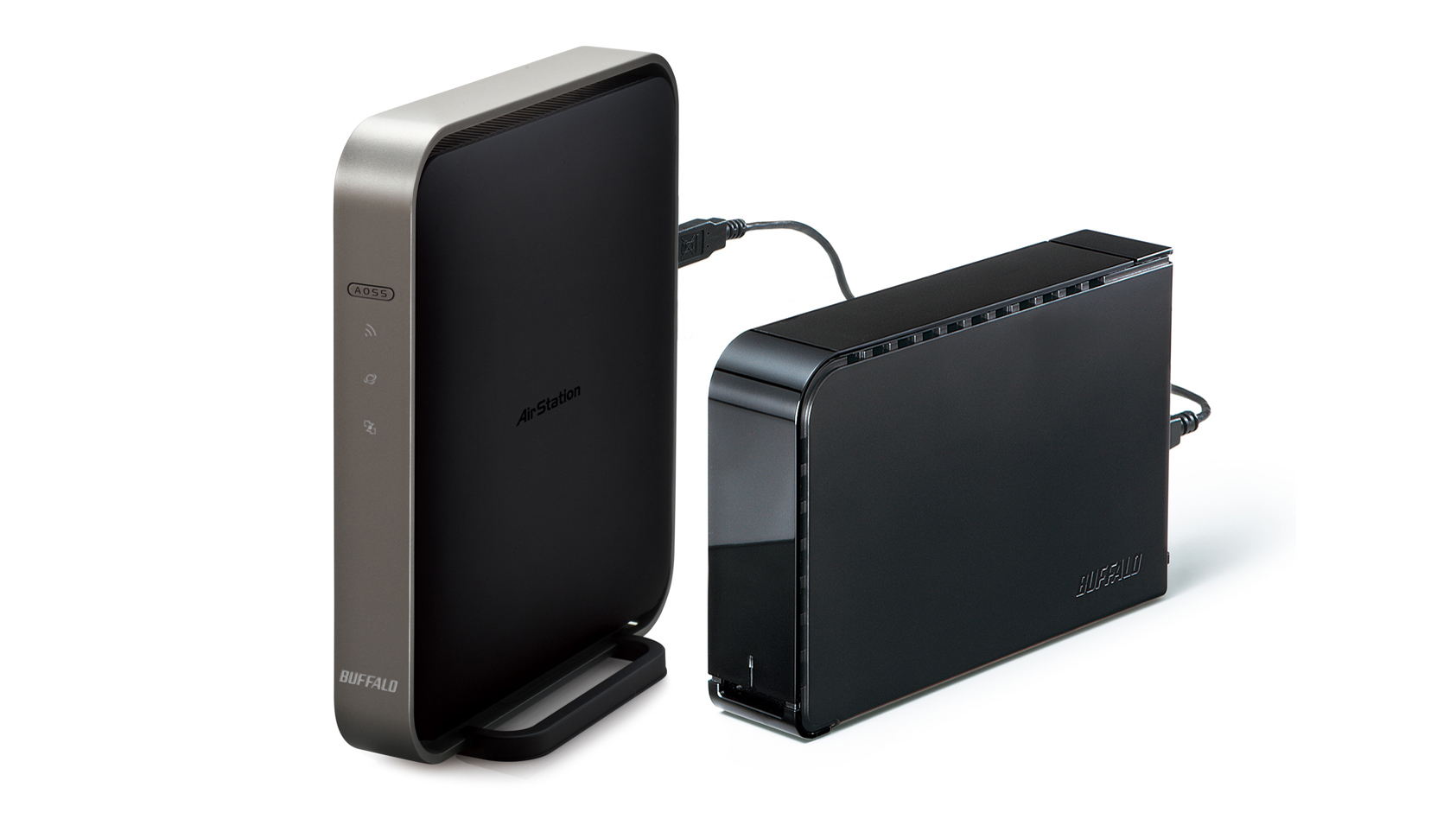Why you can trust TechRadar
The real killer for the Buffalo AirStation 1300 Gigabit Dual Band Media Bridge (WLI-H4-D1300) is that at a launch retail price of £130, it's only priced £20 less than the full Buffalo AirStation 1750 router.
There's no reason to buy this as a standalone unit with an non-802.11ac network. We did find the 2.4GHz 450Mbps to be very good, but it's still out performed by existing 300Mbps 5GHz kit, and kit that costs a good deal less.
Plus 802.11ac in itself isn't ratified, so you can't buy this for use with non-Buffalo kit and risk it not working, or not being able to update to full compliance.
We liked
At its heart, Buffalo has done its networking thing rather well. The installation can be reduced to just two button presses using its AOSS system, while wavelength selection is similarly reduced to a single button press. Diagnostics aren't as straightforward, but its minimal web interface is largely unrequired, and once connected it's not possible anyway.
The four full Gigabit LAN ports are exactly what we want to see. We're also very happy to see the triple-antenna support, but then that's the bear minimum required for 802.11ac support. This also has the kick-on effect of providing 450Mbps support for 802.11n systems at both 2.4GHz and 5GHz.
We disliked
The lack of real speed over existing technologies is a big disappointment for 802.11ac. We understand this is Draft 2, but that also does little to dispel worries over interoperability, future compatibility and upgrades to the full standard. Once actual compatible adaptors appear, perhaps we can enjoy more flexible working environments.
Final verdict
You'd be foolish to invest in any 802.11ac kit at this stage, but the technology shows promise and is the only way forward to increase speed beyond the existing 5GHz 802.11n standard. Beyond that, this is a very fast 2.4GHz bridge with draft 802.11ac support.
Sign up for breaking news, reviews, opinion, top tech deals, and more.
Within an all-Buffalo ecosystem it does make sense, but if you're hoping to take advantage of triple-connection speeds then forget it - those simply didn't materialise. At worst it's a little slower than existing 5GHz 450Mbps-capable routers, and at best you could expect a doubling in speed over older 300Mbps 2.4GHz routers, with that dropping to a 50 per cent increase over more recent ones.
